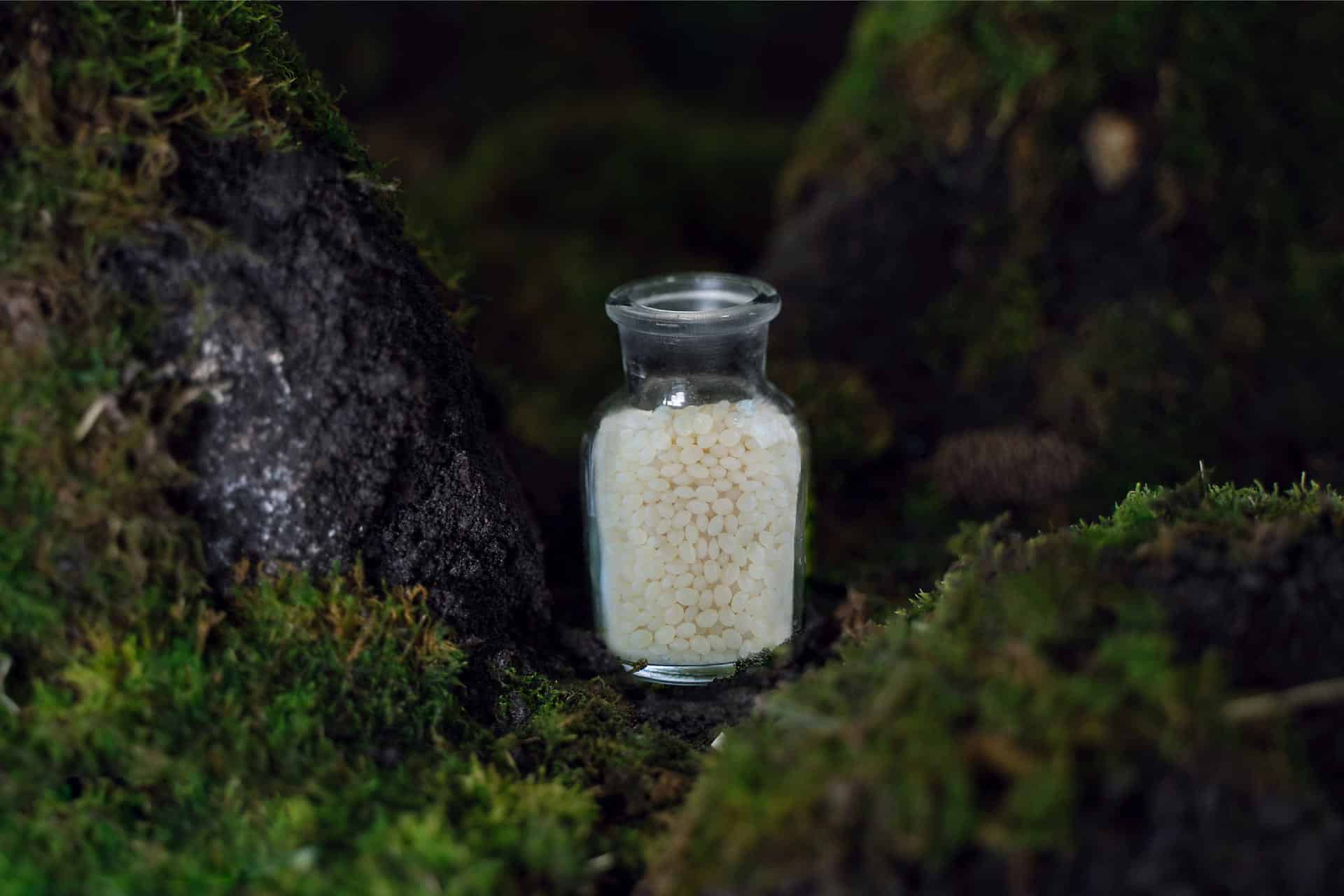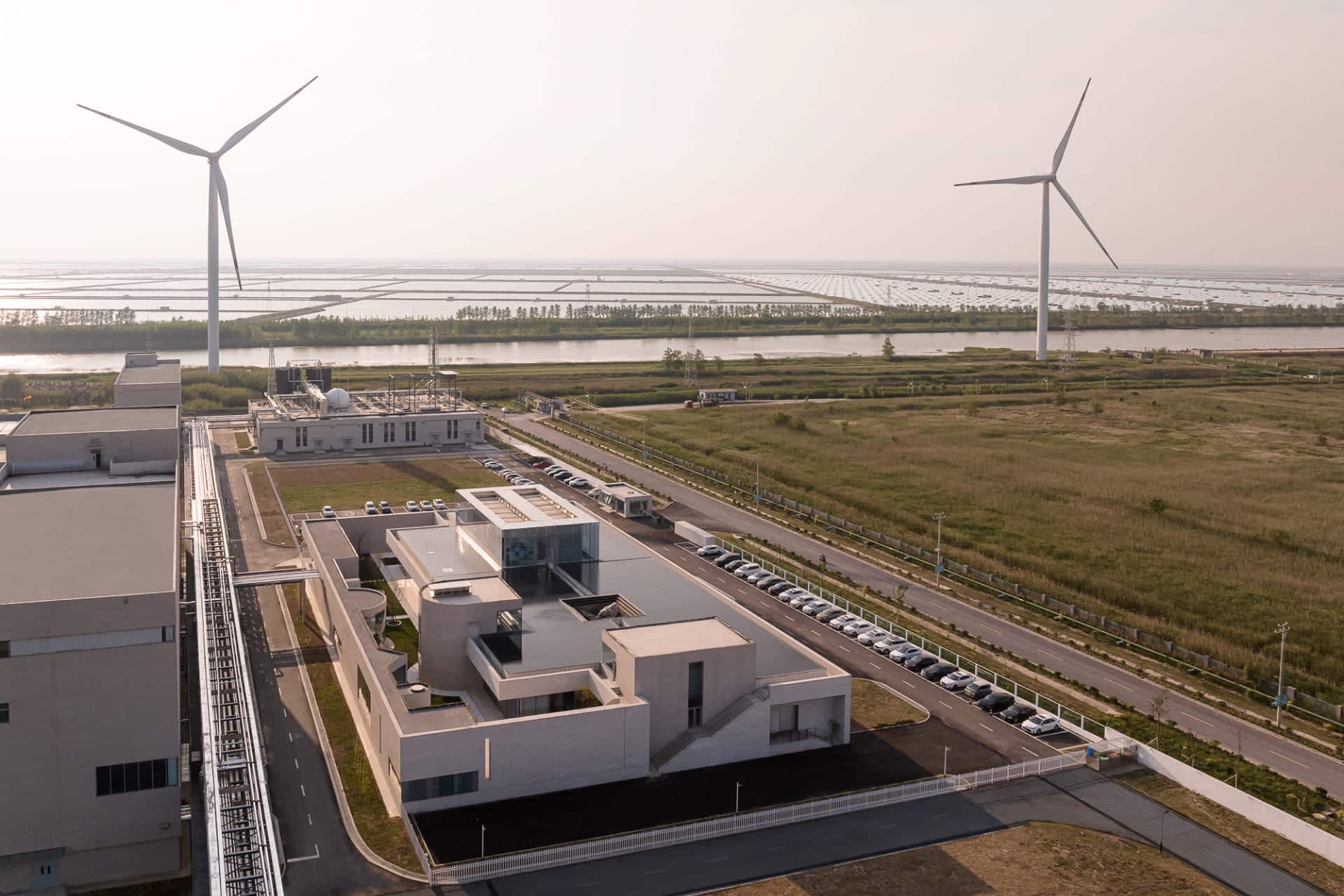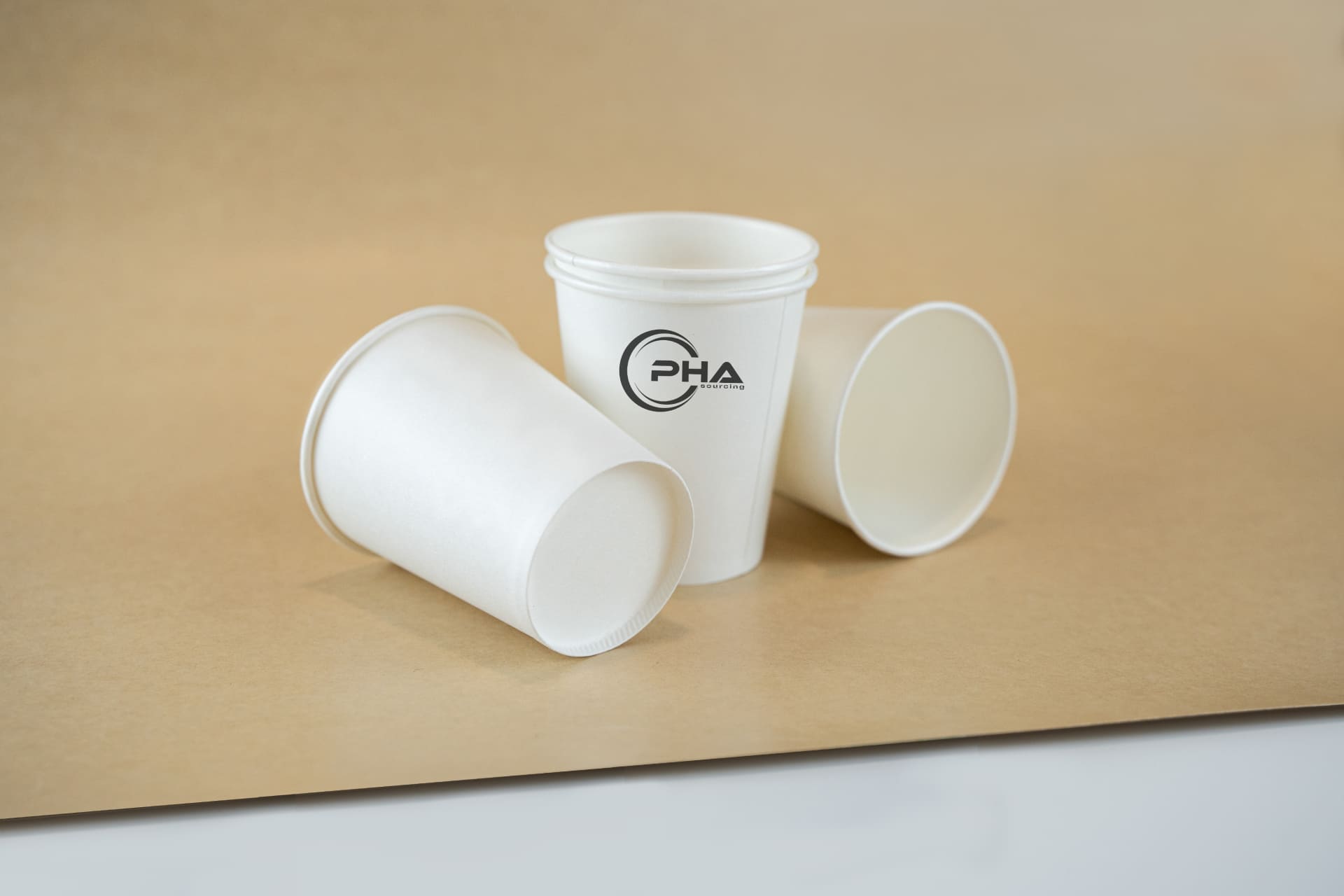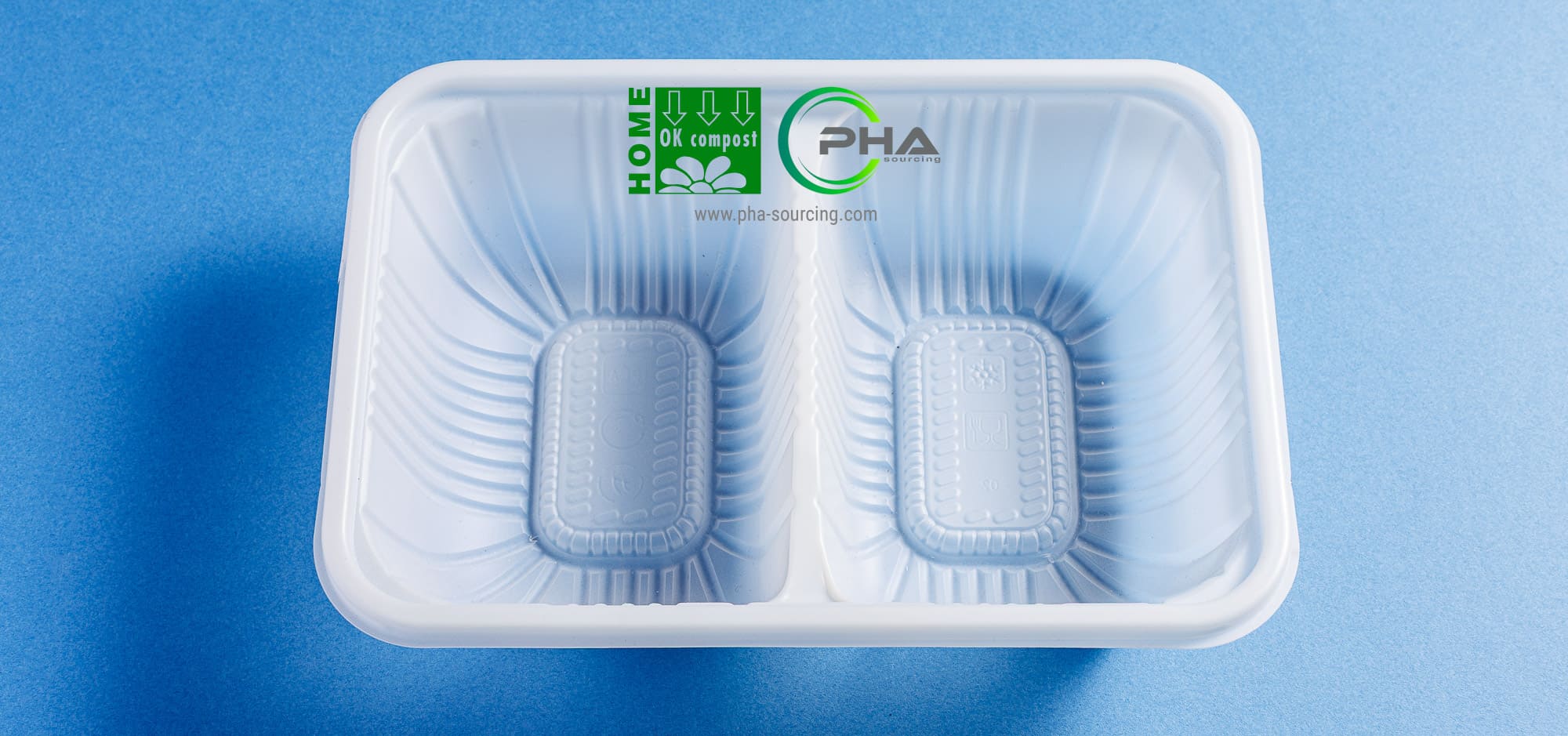As global industries transition toward circular economy models, the biodegradable plastics market is forecast to experience explosive growth over the next five years. According to a recent report, the market is expected to expand from USD 12.92 billion in 2024 to USD 33.52 billion by 2029, registering a remarkable CAGR of 21.3%.
Biodegradable Plastics: From Packaging to Pharma
The market spans a variety of biodegradable polymers, including PLA, PBAT, PBS, starch blends, and polyhydroxyalkanoates (PHA). These materials are increasingly favored across sectors such as packaging, agriculture and horticulture, consumer goods, textiles, and pharmaceuticals. Their appeal lies in their reduced environmental impact and improved processing compatibility with existing industrial equipment.
Among the materials, PHA continues to stand out for its biocompatibility, compostability in all environments, and versatility across both flexible and rigid applications. As companies seek materials that meet both regulatory compliance and sustainability goals, demand for PHA-based alternatives is expected to surge in sectors such as food packaging, biomedical devices, and more.
PBAT: A Fast-Rising Contender
The report highlights PBAT as one of the fastest-growing segments in the biodegradable plastics space. Known for its flexibility and fast compostability, PBAT is often blended with PLA or starch to improve its performance in thin-film applications such as compostable bags and agricultural mulches. Its ability to run on conventional film extrusion lines enhances its commercial appeal and makes it suitable for widespread market penetration.
Growing Use in Agriculture & Horticulture
Agriculture and horticulture are expected to be major growth drivers for biodegradable plastics, particularly PHA pellets tailored for industrial use. Biodegradable materials are increasingly replacing conventional plastic in items like mulch films, seed coatings, and biodegradable tapes. These solutions help improve soil quality and reduce microplastic accumulation in the environment, aligning with the EU’s agricultural sustainability goals.
Farmers in countries like Germany, France, Spain, and Israel are already adopting bioplastics to minimize environmental impact and lower disposal costs. This transition is facilitated by policy incentives and growing consumer expectations regarding eco-friendly food production.
Europe: A Rising Force in Bioplastics
Europe is positioned as the second-fastest-growing region in the global biodegradable plastics market. Key contributors to this momentum include Germany, Italy, France, Spain, and the UK. These countries benefit from a combination of regulatory frameworks, industrial innovation, and public support for bioplastic alternatives.
European governments are actively building the infrastructure needed for composting and industrial-scale processing of biodegradable plastics. This includes collection systems for organic waste and certifications for compostability standards, which are critical for product validation and market acceptance.
Market Barriers and Challenges
Despite strong growth, the report notes several challenges that could slow adoption. Chief among them is the cost of biodegradable plastics, which remains higher than petroleum-based alternatives. Volatile raw material prices and complex production processes continue to affect scalability and pricing.
Durability and performance limitations compared to conventional plastics also remain a concern. Many biodegradable materials degrade faster under specific conditions and may not meet the performance standards required for long-term or heavy-duty applications.
PHA in the Spotlight
Notably, the report identifies PHA’s rising role in the pharmaceutical industry. Applications range from drug delivery systems to biodegradable implants, where the material’s compatibility with the human body is a significant advantage. As PHA biopolymers become more advanced, their potential in high-value markets continues to expand.
For companies like PHA Sourcing, which bridge industrial demand and production capacity, this presents an opportunity to support sectors exploring new biodegradable alternatives. PHA’s ability to serve across packaging, agriculture, healthcare, and textiles makes it a cornerstone of next-generation materials strategies.
Competitive Landscape
Several major players are driving innovation and capacity expansion in the biodegradable plastics sector. These include NatureWorks LLC (US), BASF SE (Germany), TotalEnergies Corbion (Netherlands), and Mitsubishi Chemical (Japan). While PHA producers are also active, a growing number of smaller players and partnerships are contributing to technological diversity and regional competitiveness.
Among these, intermediaries like PHA Sourcing are emerging as critical connectors between industrial demand and suppliers, facilitating the scaling of PHA adoption across sectors.
Toward a Sustainable Materials Economy
The global biodegradable plastics market is entering a new era, shaped by regulatory shifts, rising environmental consciousness, and technological innovation. With Europe playing a pivotal role and materials like PHA gaining momentum, the next five years could redefine the role of plastics in industrial ecosystems.
As companies prepare for new regulations and look for responsible material choices, biodegradable polymers such as PHA, PLA, PBAT, and PBS offer a viable path forward. Stakeholders across packaging, agriculture, and healthcare will need to align innovation with sustainability goals—where partners like PHA Sourcing stand ready to provide support.





